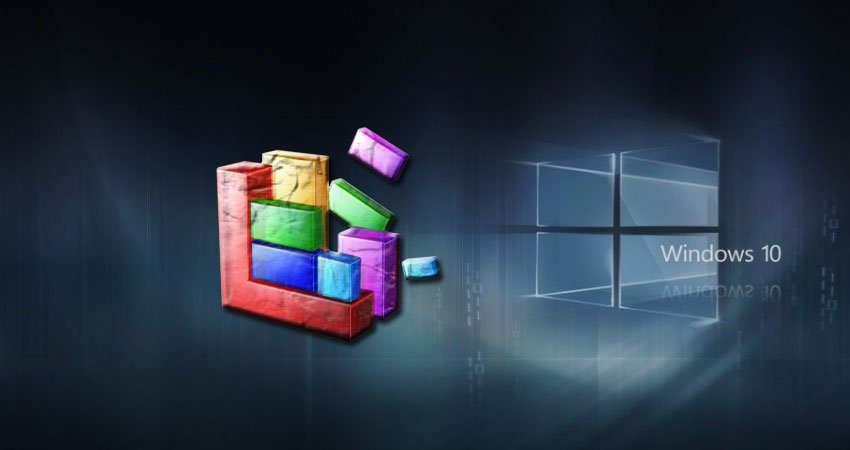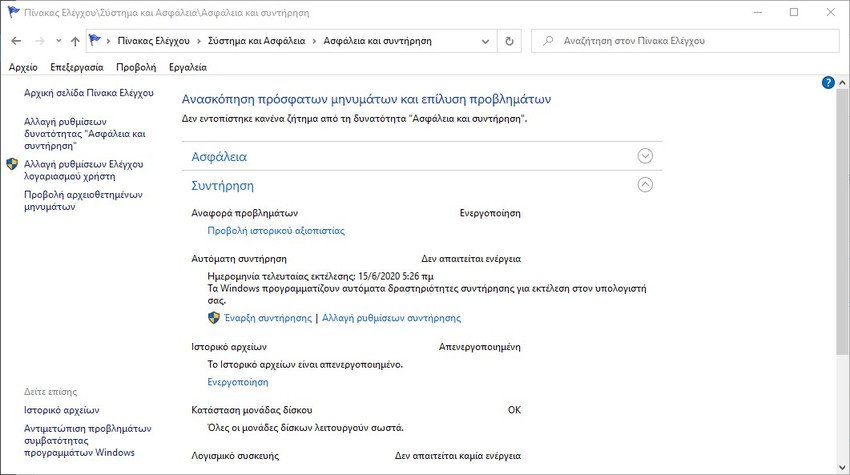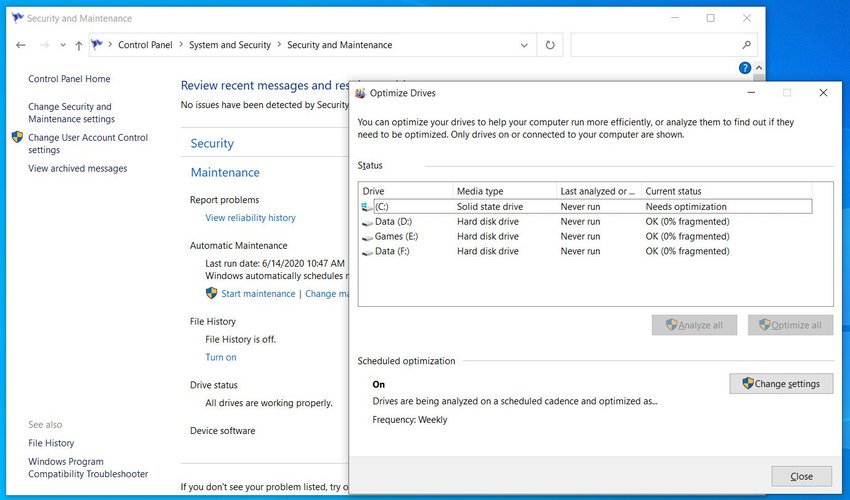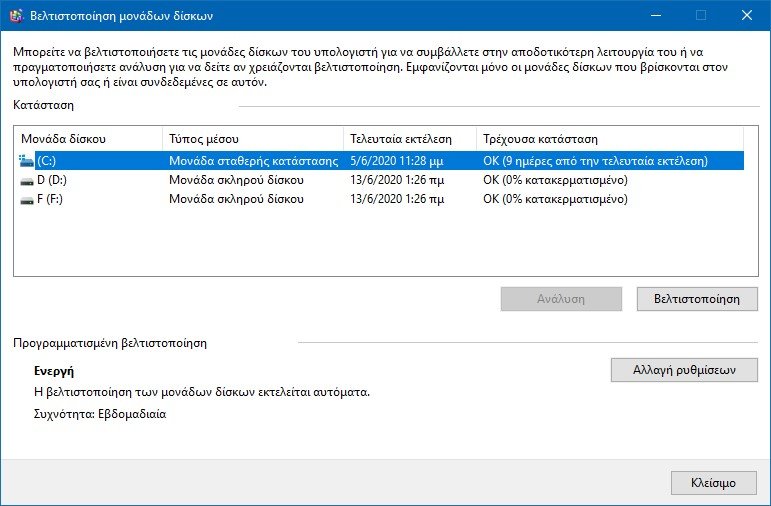With the release of Windows 10 version 2004, Windows Defragger rebuilds SSD drives very often, cuts to non-SSD drives, and forgets when it last optimized a drive.

Windows 10 includes an "Automatic Maintenance" function in Control Panel -> System and Security -> Security and Maintenance that performs a variety of maintenance tasks on a scheduled basis. This maintenance includes checking drives to see if they need to be optimized, checking for new updates, security scans, and other diagnostics.

During the optimization of drives, Windows 10 needs to record the last time a drive was optimized so that it doesn't defragment the same drive too often.
Such as noted WilderSecurity members, with the release of Windows 10 2004, Optimize Drives does not properly record the last time a drive was optimized.
Because of this, when you go back to Optimize Disk Drives (Windows Defragger), you will see that an SSD drive says "needs optimization" even though the automatic maintenance was performed this morning as shown below.

In Windows 10 Insider Preview build 19551, Microsoft states that the issue has been resolved.
But until this fix is fixed, "forgetting" when the drive was last optimized creates another unwanted behavior, described below.
Rebuilding SSDs is very common
The general rule has always been that you should avoid it reconstruction of SSDs, to avoid unnecessary wear and tear. Its developers Microsoft, however, have stated in the past that there is some benefit to defragmenting a heavily fragmented SSD drive, and because of this, they will defrag an SSD drive once a month.
Unfortunately, since Windows 2004 forgets when it last last optimized, automatic maintenance of Windows 10 will cause an SSD drive to rebuild much more often than once a month when you restart Windows.
This is a problem as frequent rebuilding of an SSD is not good for the drive, as it could shorten its lifespan prematurely.
Until this issue is resolved, if you are using an SSD drive, it is recommended that you disable automatic SSD drive optimization in Windows 10.
To remove a drive from automatic drive optimization in Windows 10, follow these steps:
In menu Start, search for “defragment” and click the “Defragment and optimize drives” result.
When the Drive Optimization screen opens, read the list of drives and highlight the ones that are SSDs. Then click on "Change settings".
 On the Optimization Schedule settings screen, click the "Select" button.
On the Optimization Schedule settings screen, click the "Select" button.
You will now see a list of drives that will be optimized automatically in a regular program. Uncheck all SSDs from the list, and then press the OK button.
You can now close the Optimize Drives screen.
All SSDs should now be removed from the automatic drive of the drive. When the problem is resolved in the future, you can add them back to automatic maintenance.






Mac forever!
I think this has been fixed, he tells me to never execute
Invalid now I understand
I hope it is resolved soon